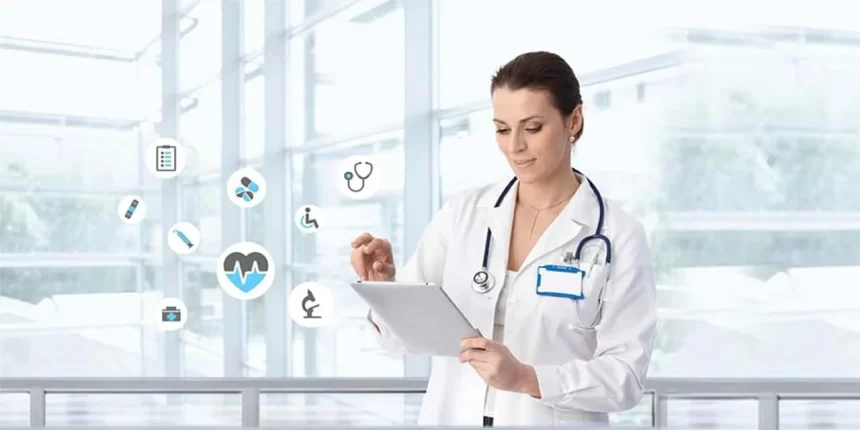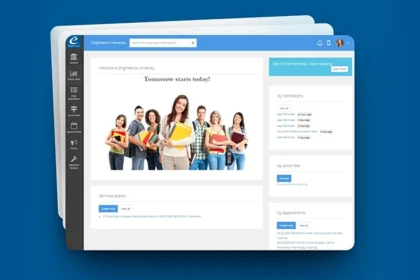By: Leo Borgenicht, Head of Marketing, Netlims
Healthcare is in the midst of an evolution, driven by government incentives and technological enablers, to improve patient care by making smarter more precise decisions. As the industry traverses, technology must provide parallel solutions to support this growth. Here are some of the challenges that labs must overcome for innovation to take place. Increasing efficiency to maximize productivity and manage costs has become critical for the long-term success of the clinical laboratory.
Medical data boom
The growing prevalence of chronic diseases such as cardiovascular disease, is leading to more importance being placed on preventative medicine, and for clinical labs to conduct a wide range of tests. This, coupled with the boom in smart devices, wearables and point-of-care (POC) devices, means that medical data is being created in unforeseen amounts. Today, the amount of health information is doubling every three years; by 2020 it is estimated to double every 73 days. This invaluable pool of data may hold the answers to some of the greatest health challenges, but untangling this data is reliant on technology to store, organize, and process this overwhelming amount of data. A laboratory information system (LIS) that is able to connect with the devices that produce this information is vital. Beyond this, a LIS must be able to store and manage this information so that it can be configured to offer clinical decision support. And advanced LIS should be able to utilize this integrated data to alert clinicians and patients of abnormal results. Moreover, it is important for pathologists to have information available in parallel from multiple tests and a LIS must be able to support this.
Mobile apps
With patients being granted greater access to their health care, and results being accompanied by clear explanations, patients are showing more interest in and are becoming greater agents in their healthcare processes. This transparency and increased involvement, is leading to a demand of medical apps which provide instant access to medical data, as well as connectivity with physicians and clinical labs. Similarly, doctors need apps to receive alerts about abnormal results from patients in real time and to be able to communicate with their patients and the lab. These apps can either be separate entities, but ideally they should be connected to the labs LIS system such that data is kept accurate and is fully integrated. Apart from the necessity of results being available in real-time by doctors and patients, mobile lab management enables the processing of features like add-ons, by sending queries from applications in real-time. It enables the management of sample tracking, and marks an audit trail across all process run by the lab.
Cloud
For many reasons including storage options, integrations, and mobile options, cloud hosting is a natural advantage for labs. Software-as-a-service (SaaS) LIS products go beyond this, in offering labs a well-connected low risk, and easy growth option. As opposed to other industries where the benefits of SaaS models were quickly understood and well adopted, the medical field has been more cautious to adopt this model. However, SaaS models offer many advantages over traditional models – among other things, they transfer the responsibility of infrastructure maintenance and security, to an expert host provider. There are no major initial investments or down payments, and they enable scaling and adding new modules without needing to replace expensive equipment, and infrastructure. Furthermore, as communication between systems becomes more important so too is the flexibility of a LIS and in this regard SaaS models are much more accessible and flexible.
Automation
Automation processes have been implemented by labs for many years. However, technology has advanced the levels of automation available to laboratories, further reducing errors, and bureaucracy. Apart from handling many of the monotonous steps found in various lab processes, automation can increase efficiency for lab stakeholders in various ways: from decision support tools, to integrated diagnostics and managing workflow hands-off between different technicians.
Automation also enables labs to integrate advanced analytical devices – whether it’s the Microplate Luminometer, Fluorometer, or Spectrophotometer, which enhances testing precision and throughput by automating complex assays and minimizing manual interventions. This streamlining of processes not only reduces turnaround times but also ensures greater consistency and reliability in diagnostic outcomes, supporting overall laboratory efficiency and excellence.










